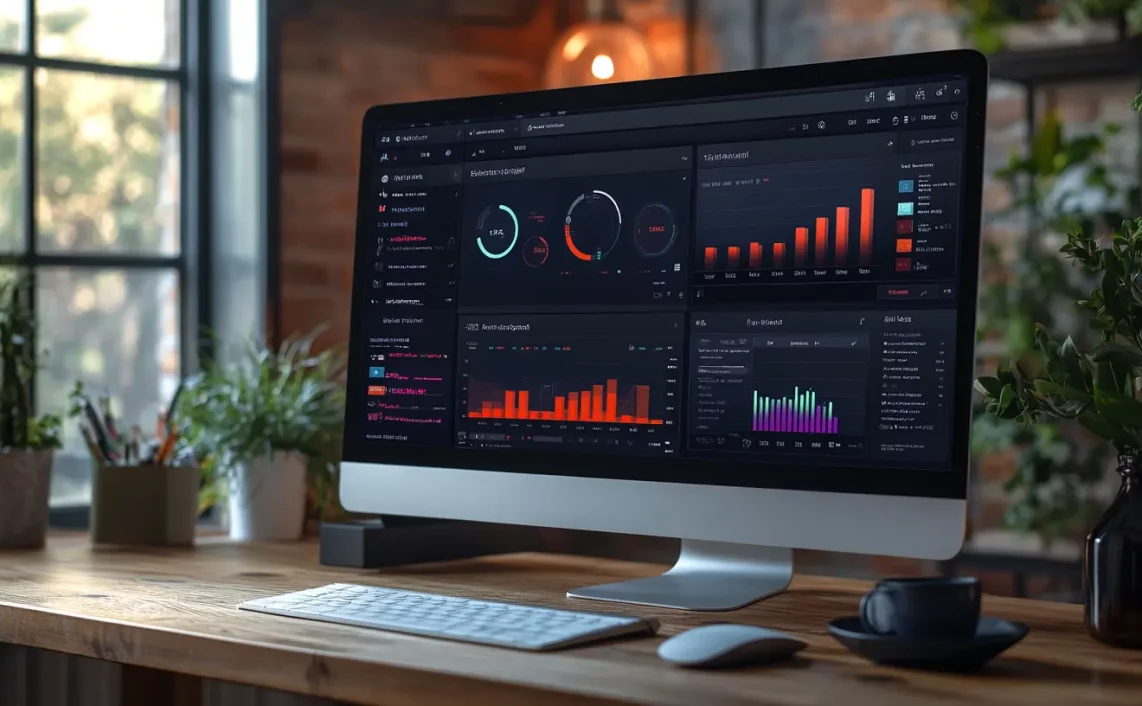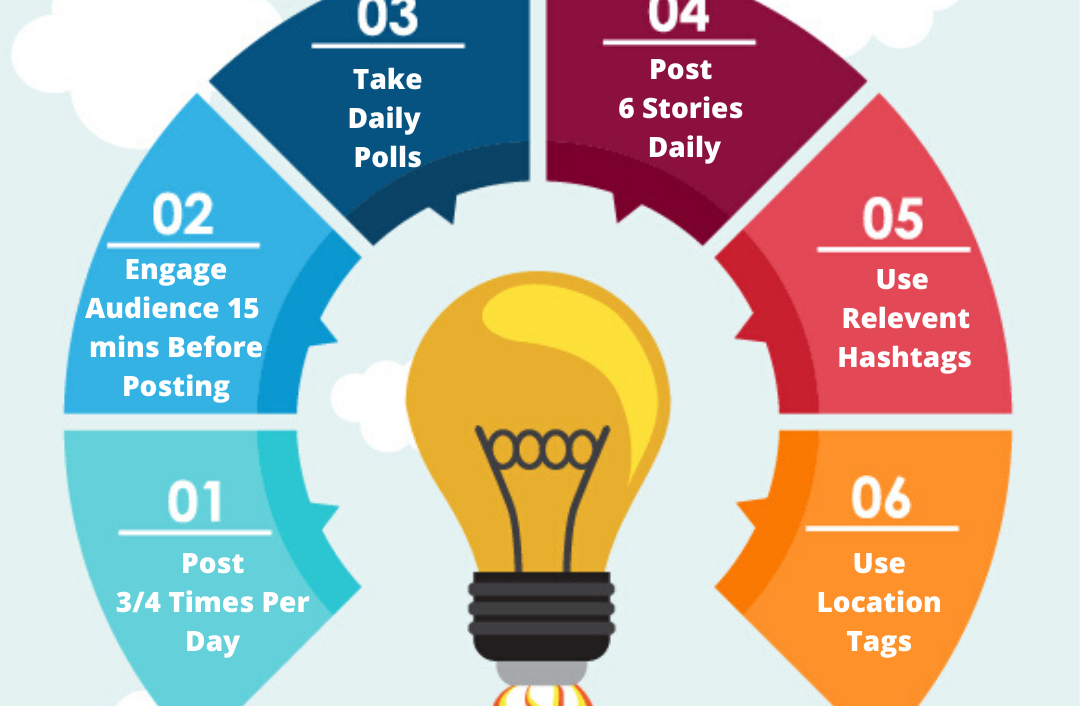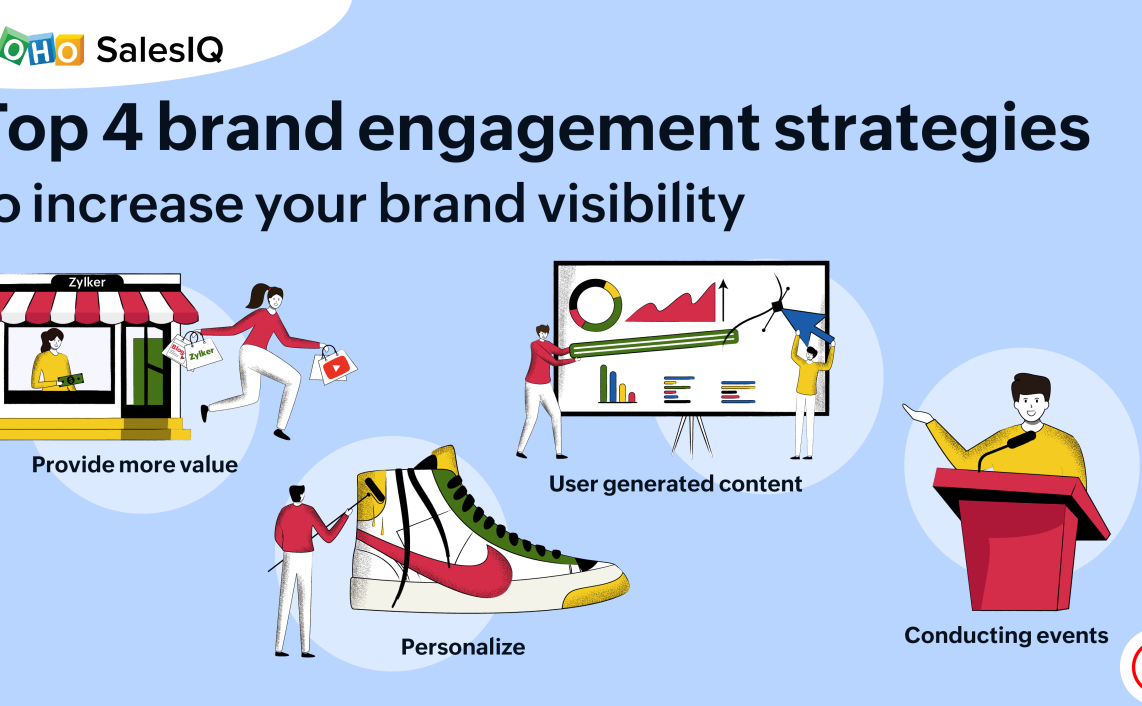Web Analytics: Mastering Data Collection and Advertising Effectiveness
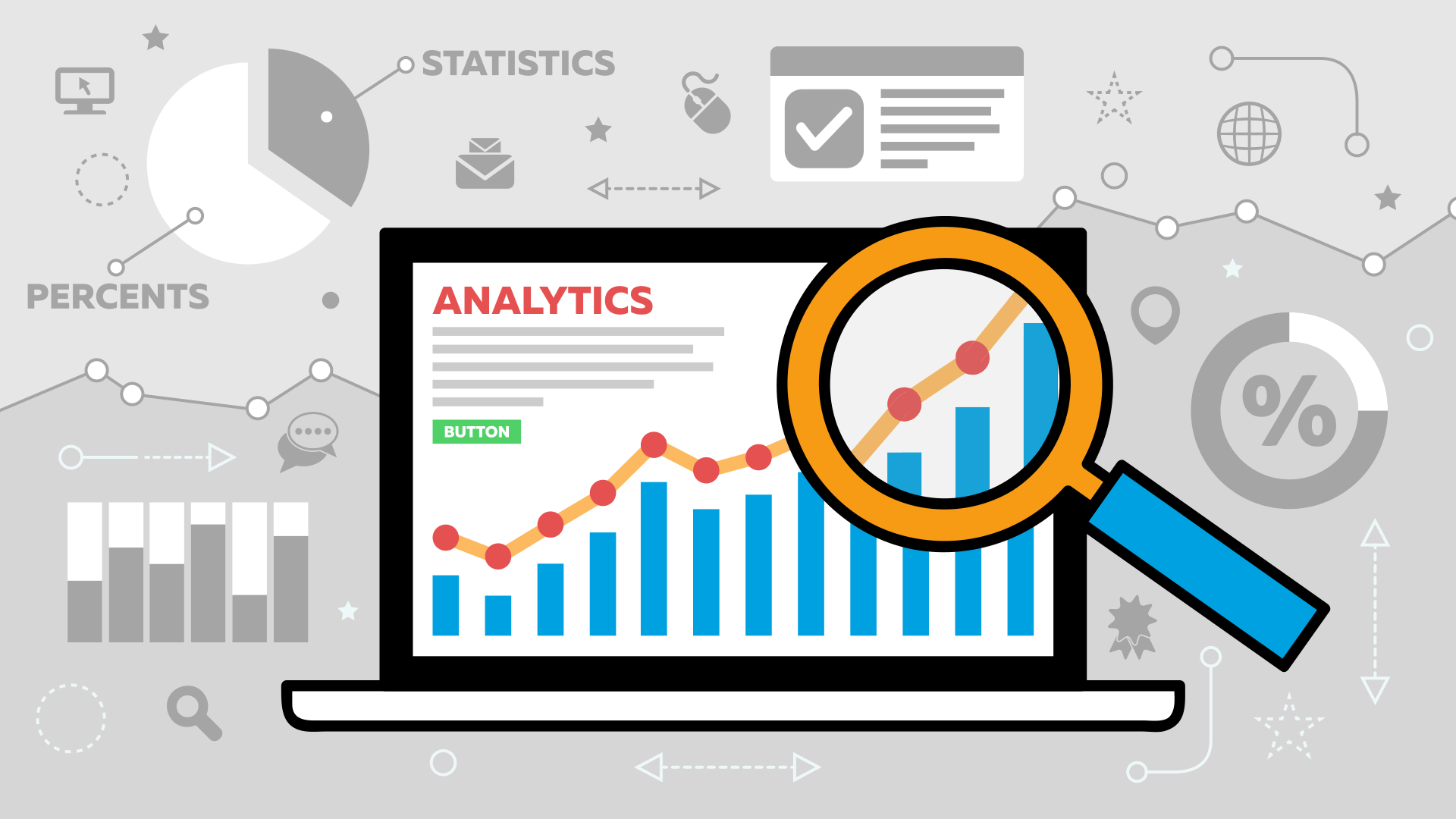
Executive Summary
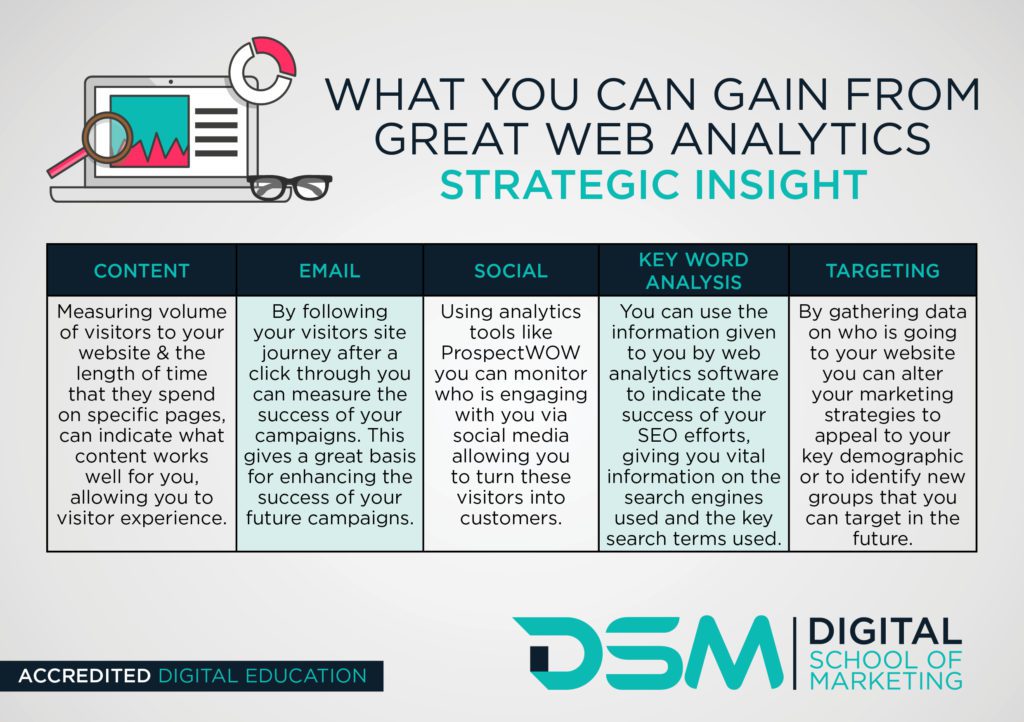
Utilizing web analytics empowers businesses to optimize their websites, enhance user engagement, and make informed decisions to maximize advertising effectiveness. This comprehensive guide delves into the intricacies of data collection, performance analysis, and the role of web analytics in optimizing marketing campaigns.

Introduction
In today’s digital landscape, data-driven decision-making has become imperative for businesses to thrive. Web analytics, a powerful tool for collecting and analyzing website data, provides invaluable insights into user behavior, website performance, and the effectiveness of marketing campaigns.
Essential Subtopics for Mastering Web Analytics
Data Collection Methods
- Website Analytics Tools: Google Analytics, Adobe Analytics, and other tools provide a wealth of data on website traffic, user behavior, and conversion rates.
- Web Server Logs: Logs contain detailed information about every user interaction with a website, capturing data such as IP addresses, timestamps, and pages viewed.
- Session Recording: Tools like Hotjar and Crazy Egg record user sessions, allowing businesses to observe how visitors navigate websites and gain insights into their experiences.
Key Performance Indicators (KPIs)
- Traffic Metrics: Total visitors, unique visitors, and page views provide a snapshot of website traffic volume and popularity.
- User Engagement Metrics: Time spent on page, bounce rate, and pages per session indicate user interest and engagement.
- Conversion Metrics: Goal conversions, e-commerce transactions, and lead generation provide insights into the effectiveness of website content and marketing efforts.
Website Optimization
- On-Page Optimization: Optimizing website content, structure, and speed enhances search engine visibility and user experience.
- Content Optimization: Creating high-quality, relevant content improves user engagement, drives conversions, and establishes brand authority.
- User Experience (UX) Optimization: Improving website design, navigation, and accessibility ensures a smooth and enjoyable user experience.
Social Media Analytics
- Social Media Monitoring: Tracking social media mentions, engagement, and sentiment provides insights into brand reputation and audience behavior.
- Paid Social Media Campaigns: Monitoring performance metrics like click-through rates, cost-per-click, and engagement rates optimizes social media advertising campaigns.
- Influencer Marketing: Collaborating with influencers can enhance brand reach, engage specific audiences, and drive website traffic.
Advertising Effectiveness Analysis
- Campaign Tracking: Tracking campaign metrics like impressions, clicks, and conversions across different channels helps identify the most effective advertising strategies.
- Return on Investment (ROI) Analysis: Calculating the revenue generated by an advertising campaign against its cost provides insights into its profitability.
- Attribution Modeling: Determining the touchpoints along the customer journey that lead to conversion optimizes marketing spend allocation.
Conclusion
Mastering web analytics is essential for businesses to gain a competitive edge in the digital age. By leveraging data collection techniques, tracking key metrics, optimizing website performance, and analyzing social media and advertising campaigns, businesses can make data-driven decisions that drive website success and maximize marketing effectiveness.
Keyword Tags
- Web Analytics
- Data Collection
- KPIs
- Website Optimization
- Advertising Effectiveness
